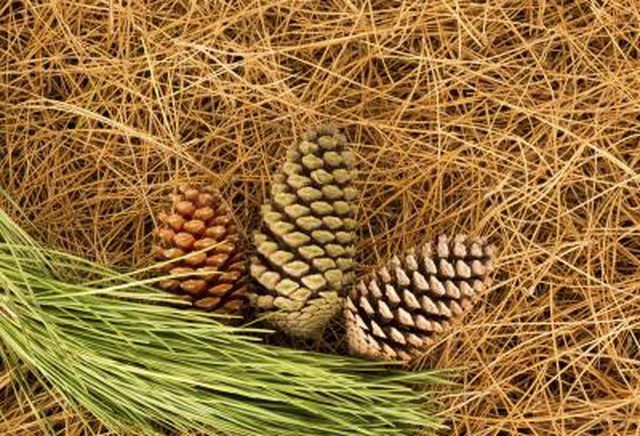Bulbs
Flower Basics
Flower Beds & Specialty Gardens
Flower Garden
Garden Furniture
Garden Gnomes
Garden Seeds
Garden Sheds
Garden Statues
Garden Tools & Supplies
Gardening Basics
Green & Organic
Groundcovers & Vines
Growing Annuals
Growing Basil
Growing Beans
Growing Berries
Growing Blueberries
Growing Cactus
Growing Corn
Growing Cotton
Growing Edibles
Growing Flowers
Growing Garlic
Growing Grapes
Growing Grass
Growing Herbs
Growing Jasmine
Growing Mint
Growing Mushrooms
Orchids
Growing Peanuts
Growing Perennials
Growing Plants
Growing Rosemary
Growing Roses
Growing Strawberries
Growing Sunflowers
Growing Thyme
Growing Tomatoes
Growing Tulips
Growing Vegetables
Herb Basics
Herb Garden
Indoor Growing
Landscaping Basics
Landscaping Patios
Landscaping Plants
Landscaping Shrubs
Landscaping Trees
Landscaping Walks & Pathways
Lawn Basics
Lawn Maintenance
Lawn Mowers
Lawn Ornaments
Lawn Planting
Lawn Tools
Outdoor Growing
Overall Landscape Planning
Pests, Weeds & Problems
Plant Basics
Rock Garden
Rose Garden
Shrubs
Soil
Specialty Gardens
Trees
Vegetable Garden
Yard Maintenance
How to Compost Pine Needles
How to Compost Pine Needles. Pine needles make a beneficial, attractive mulch for landscaping and perennial beds, but they decompose slowly and are slightly acidic. Together with their prickly nature, this makes them less useful in some cases unless they are fully composted. Pine needles add volume and necessary carbon components to the backyard...

Pine needles make a beneficial, attractive mulch for landscaping and perennial beds, but they decompose slowly and are slightly acidic. Together with their prickly nature, this makes them less useful in some cases unless they are fully composted. Pine needles add volume and necessary carbon components to the backyard compost bin. Properly prepared and mixed in a balanced compost pile, pine needles help produce valuable compost for amending and mulching garden soil.
Things You'll Need
Garden shredder or lawn mower
Compost bin or pile
Green composting materials (weeds, kitchen vegetable scraps, lawn clippings)
Dirt or manure
Garden fork
Shred pine needles into small pieces with a garden shredder or by running over them with a lawnmower. Smaller pieces decompose more quickly.
Place a 2-inch layer of nitrogen-rich, green composting material such as grass clippings or tender, leafy weeds and vegetable scraps at the bottom of a compost bin or in an area you've designated for a free-standing compost pile.
Place a 2-inch layer of shredded pine needles on top of the layer of green composting material. Spread a 1/2-inch layer of dirt or manure on top of the shredded pine needles.
Moisten the compost layers with water. Repeat layering green compost material, shredded pine needles and dirt or manure until pile reaches 3 feet high or the top of the compost bin. Water between each layer.
Water frequently enough to keep the compost pile damp. When the pile settles to about one-third of its original height, turn it with a garden fork.
Turn the pile with a garden fork once every three days after the initial turning. Inspect the compost carefully as you turn it. When its components have broken down into a rich, chocolate-cake-type brown mass, it is ready for use in the garden.
Tips & Warnings
Pine needle acidity is eliminated once the needles are completely composted. There is no need to adjust for pH on pine needle compost.